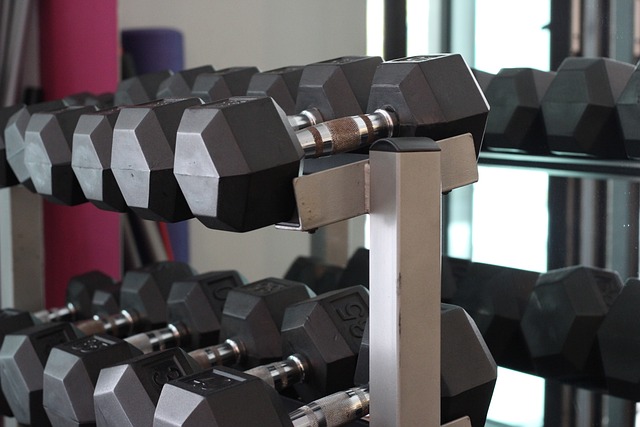 I bet that you have heard of the idea of “complete proteins.” Theconcept was first introduced by Frances Moore Lappé in her 1971 bestseller Diet for a Small Planet. Basically, the thought was that by combining two different “incomplete proteins” in one meal, someone who didn’t eat animal proteins (i.e. vegetarians, or more specifically, vegans), would be able to form a high-quality “complete protein.” The American Dietetic Association and the National Research Council promptly adopted this idea, urging vegetarians to be cautious about eating complementary proteins.
I bet that you have heard of the idea of “complete proteins.” Theconcept was first introduced by Frances Moore Lappé in her 1971 bestseller Diet for a Small Planet. Basically, the thought was that by combining two different “incomplete proteins” in one meal, someone who didn’t eat animal proteins (i.e. vegetarians, or more specifically, vegans), would be able to form a high-quality “complete protein.” The American Dietetic Association and the National Research Council promptly adopted this idea, urging vegetarians to be cautious about eating complementary proteins.
This much is true: Animal proteins (protein from meat, fish, poultry, milk, cheese, and eggs) are a good source of all of the amino acids and are therefore “complete proteins.” Additionally, complementing plant proteins, such as grains and legumes (beans and rice), grains and nuts (peanut and rice cakes), and nuts and legumes (humus), is a method of “creating” a total intake of protein that mirrors the composition of amino acids in animal proteins.
However, the myth here is that humans need an intake of protein that is exactly like animal proteins. They don’t. Frances Moore Lappé actually reversed her position from her 1971 publication, commenting in her 1981 edition that the initial assumption that she had made, which was that the only high-quality proteins came from animal proteins, was incorrect. (The ADA subsequently published an article in 1988, which concluded that pairing proteins was unnecessary.) Many foods other than animal products contain significant amounts of protein. For example, spinach and beans are both abundant in proteins, and contain sufficient amounts of all of the essential amino acids that your body can’t create on its own. It turns out that there are very few diets that will lead to a protein deficiency. Such diets would be ones that are heavily dependent on fruit, some tubers (such as sweet potatoes), or junk food (refined flours, sugars, and fats), but we already knew that those diets were unhealthy anyway, right?
Thus, we come to the same old conclusion that we have heard many times before: eating too much of one food is bad; a varied diet is probably a healthy diet.











[…] is a complete protein. This means it contains all 9 essential amino acids, making it a superb options for vegetarians or […]